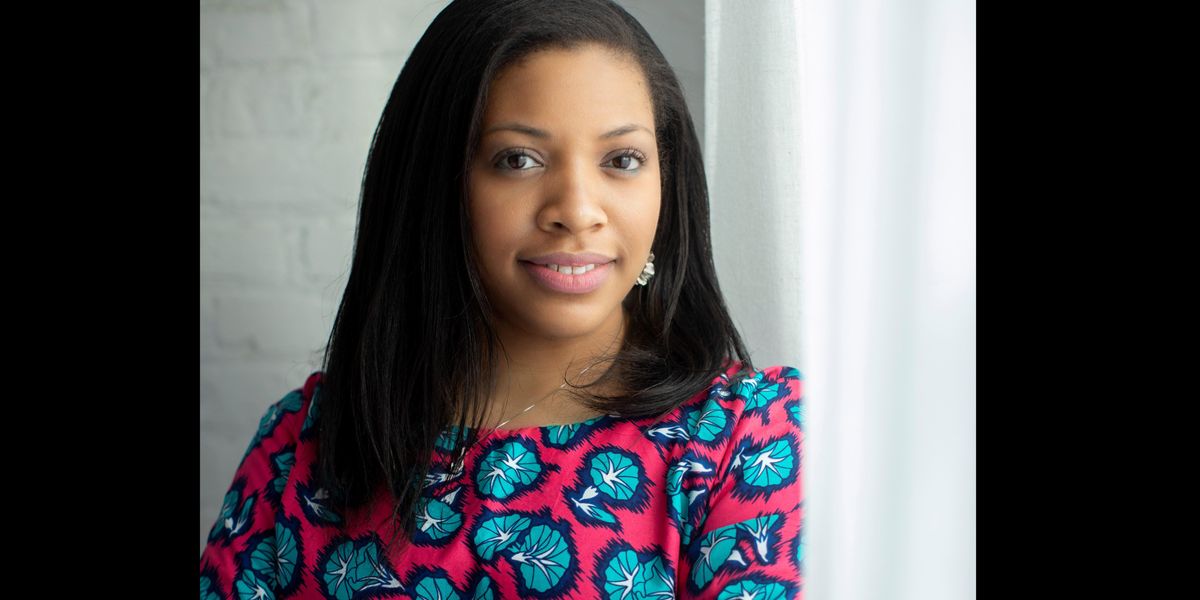Dance/USA's New Executive Director Sees Possibility in Today's Challenges
Dance/USA
has a long to-do list these days. With its mission to support the dance community and represent its needs before Congress, the White House and other federal agencies in a bipartisan manner, the national service organization is all-too-familiar with the many challenges facing the dance field right now. But its new executive director Kellee Edusei sees reasons for hope.
“There is so much opportunity for change, and to take bigger risks, and to push beyond the boundaries we have or the structures we’ve held fast to,” she says.
Edusei has been working with Dance/USA since 2008, first as office manager and board liaison, and later as director of member services. Since officially stepping into her new role on January 1, her first major project as executive director is this Thursday’s virtual Dance Forum, a three-part panel discussion covering COVID-19 safety, the new National Endowment for the Arts grant guidelines and creative collaborations between companies that have joined forces over the past year. (Registration is open until January 12 at 5 pm Eastern.)
“We are centering with greater intention the independent artist voice,” she says, noting how Dance/USA is trying to engage and hear from not only established dance companies, but also freelancers and those who work for themselves.
Edusei acknowledges that the issues facing the dance field today are numerous, from securing funding to getting dancers and audiences back into theaters. She particularly points out the importance of mental health—for both dancers and administrators. “It’s not always a topic that’s called out as mental health,” she says. ‘We need to be mindful about naming it. Because if individuals are not healthy, energized and inspired, then the institutions they’re working at will be challenged.”
She’s also thinking about what performances will look like going forward, the ways artists are creating new work right now and how organizations are authentically addressing social justice and civic responsibility.
Climate change is also top of mind: “With the onslaught of wild fires, extreme temperature changes, flooding, hurricanes and air pollution, the dance community will need to start thinking about its relationship to the environment and how the creation and performance of work is impacting it.”
“It’s a difficult time, but there’s so much possibility,” she says. “With everything we witnessed in 2020, and what we witnessed last week, we have an opportunity to make different choices and to forge a future for the global community and the dance ecosystem that sees everyone thrive. As I think about the acts of domestic terrorism at our Capitol last week, we have to wake up to this call to be engaged and be present and be active participants in the world we want to exist in.”
Dance/USA’s annual conference will once again be held virtually this year, from June 14 to 16. For those unfamiliar with the organization, Edusei underscores how current members use Dance/USA to access support from their peers. “Dance/USA is a place where they can come together with their colleagues for creative ideation, for problem-solving, for practical information,” she says. Whether in formal forums and conferences, or even just online Google Groups, the organization remains a space where the dance community can lean on each other.





